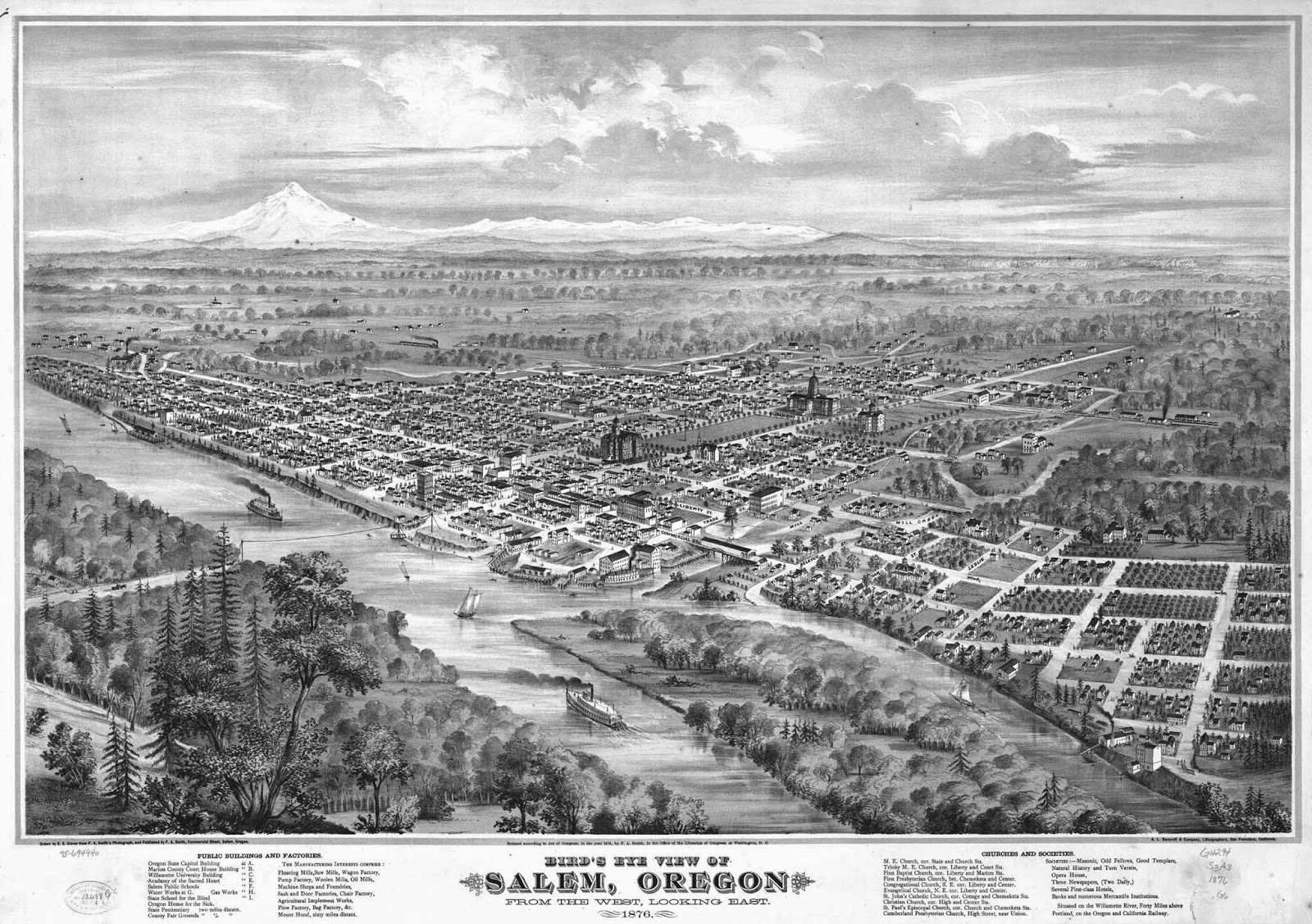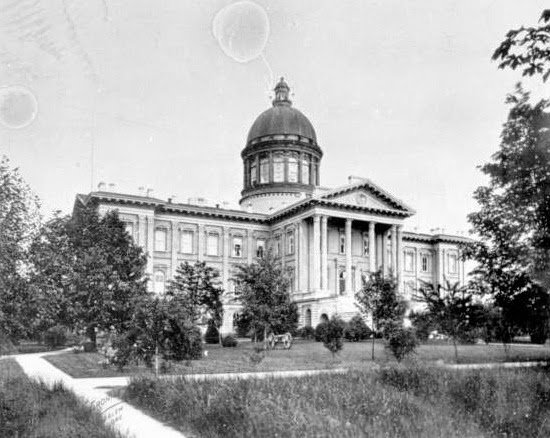- Korea is forced to sign a treaty opening ports to Japanese trade, beginning the Japanese domination of Korea.
- Carlist Wars in Spain end after four years: revolutionary military forces of Carlos VIII defeated and he goes into exile. King Alfonso XII enters Pamplona, historical capital of Navarre.
- 20 disputed electoral votes prevented either Tilden or Hayes winning the presidenti
al election until the Compromise of 1877 settled the question: Republican Hayes becomes President after an agreement to end that political party’s Reconstruction policies in the former Confederate states. - Plains Indians have their last great gatherings. At the Battle of the Rosebud Creek, Sioux and Cheyenne under Crazy Horse beat back General Crook’s forces. At the Battle of the Little Bighorn, Lt. Col. George Custer’s 7th Cavalry is wiped out by Sitting Bull and Crazy Horse. Also in the west: Colorado is admitted as 38th state.
- A Centennial Exhibition opens in Philadelphia displaying America’s industrial wonders in the Machinery Hall, including the nee Bell telephone.
- US National Baseball League founded.
- Librarian Melvil Dewey first publishes the Dewey Decimal Classification system.
In Salem
Salem has become quite a grand city by this year and begins to solve its drinking water problem. In the photograph of an artist’s drawing seen above, to the right of the steamboat in the Willamette River, can be seen the 80 foot water tower, built this year. With a 45 feet deep cistern, and water from the Willamette
When you visit
One of the most remarkable of Salem’s early artifacts is this drawing, much reproduced, that gives an aerial view of the city. The tower was almost in line with State Street where the Riverfront Park (and the Carousel) is located now, so the urban landscape is much different today.
Notice the landmarks that are familiar: the present Capitol is in the same place as the State House of 1876, but the current building faces north instead of west; the former Victorian-style Marion Country Courthouse is in the same place as the current structure; the historic First Methodist Church (not completed until 1878) is barely visible just a block away and to the south; Waller Hall of Willamette University is in the background, to the right of the State House. At the intersection of Ferry and Commercial, the large building with dark roof is the Marion House hotel (later Chemeketa House). Diagonally across the intersection is the Holman Building that had housed the original legislature of Oregon and would now continue to serve the city with the Salem Theater. Along the river, at the slough, the Willamette Mill stands over Pringle Creek where the Boise-Cascade facility is now (2012) being demolished. A block south is the Commercial Street bridge. Counting three more blocks south, one may see an indication of the Smith House (now Smith-Fry House) at the top of the hill at Oak Street. Continuing in the same direction, the hill falls at City Line (now Mission Street) and another hill then rises to the Leslie House that would stand there for another year. Asahel Bush would remove it and begin building his own home there in the next year. On the Willamette River there is some industry and steamboats are busily chugging toward town. Notice the small area of business and the surrounding farmland. West Salem appears to be uninhabited as evergreen trees stand in the foreground.
Other Events
- General Sherman of Civil War fame visits Salem. (Sherman County was named for him in 1889.)
- The new State House is completed at the head of Willson Avenue. This second statehouse was classically inspired but it reflected a revived interest in the monumental architecture of the Italian Renaissance. This building, resembling the nation’s capitol, was far larger than the previous structure. To contain all the departments of government as well as the legislature and officers of state, the building was three stories tall and shaped in the form of a cross. The long axis extended north to south the length of 264 feet. Minor arms, or projecting sections were centered on the east and, especially, the west front that was considered the ceremonial entrance. Walls were constructed of brick above the ashlar (building stone) ground story of native Oregon sandstone from the Umpqua region. Upper stories were trimmed with limestone and ultimately were given a stone gray finish. The monumental exterior stairways and porticoes would not be added until 1887-8 and the copper-clad dome completed in 1893. The cost of the building was $550,000.
- The Falk House, now a Local Landmark on Candalaria Boulevard, is built by a member of the Fabritus Smith Family. (Mr. Smith, a farmer in this area, was elected to be a state legislator this year.) In 1891 Samuel A. Clarke is noted in the Salem City Directory as residing in this location. Clarke is believed to have named his fruit farm “Candalaria”, a name later given to that area of Salem. A later resident was Adam Ohmart, son-in-law of Fabritus Smith, who lived there in 1902. Long-time owners Conrad and Nellie Falk moved here before 1909; the Falks had a prune orchard on the property and continued to reside on the property through the late 1940s. The house, although much altered, still rises proudly above Commercial Street in the South Salem neighborhood.
- Seth Lewelling is best remembered for his work in developing new fruit varieties. In 1875, a planting produced a promising seedling that he named “Bing” after his faithful Chinese helper. When Bing cherries were exhibited this year at the 1876 Centennial Exposition in Philadelphia, people at first thought, because of their size, they were crabapples. According to reports, the large Bings averaged 35 cherries to the pound and sold in the East for three cents a cherry.


